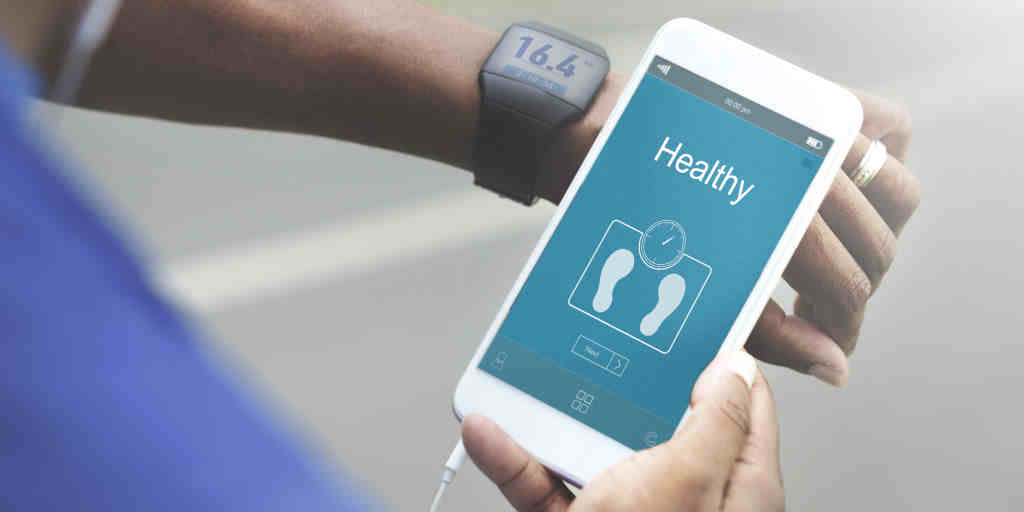Determining how much food an individual needs in order to achieve weight loss, weight stability or weight gain goals is a complex and often inaccurate area of science. It is also an area of science that is very regularly and often heatedly debated. As a result there is often a significant mis-representation of this science in the media and in the public eye with many short term or popular diets upholding the myth that sticking to their diet will ignite your metabolism or allow you to rapidly lose weight and keep it off forever! These claims sound appealing but what does the science actually say?
At the base of this science is a term called Resting Metabolic Rate (RMR). This is the amount of energy your body consumes at rest (quietly sitting or lying down) and it is understood that this number accounts for approximately 60% of your Total Energy Usage for the day. 10% of your Total Energy Usage comes from the Thermogenic effect of eating and the remaining 30% of your Total Energy Usage will come from Movement / Exercise. Obviously if you exercise more, a higher percentage of your Total Energy Usage will come from exercise and a lower percentage from your resting metabolic rate. As a result of variances in individual movement, Dietitians and other professionals working in the field of human nutrition use Resting Metabolic Rate as a base line to which they add a multiplier for movement to determine your overall Total Energy Expenditure.
There have been many studies starting back from the early 1900’s that have attempted to take direct measurements of Resting Metabolic Rate (using Direct or Indirect Calorimetry methods) and convert them into an equation that represents an individuals energy usage based on age, weight, height, movement patterns and gender. These studies have created equations that are commonly used in Dietetics practice today of which the most popular and easy to find equation is known as the Harris-Benedict Equation.
These equations were developed using predominantly healthy weighted individuals and represent an average metabolism of all of the individuals used in the study (once major anomalies are removed). Now this is great if you have an average metabolism, but what happens if you have a particularly slow metabolism or a particularly fast metabolism? Inaccuracies in estimation is what you will find.
A Meta-analysis by McMurray in 2014 examined the variations of resting metabolic rates of adults across 397 publications ranging from 1980 to 2011 showed just how much variety exists. The interesting thing that his analysis found was that many studies show there are some very common metabolism variations which make these commonly used RMR estimations inaccurate and unsuitable for obese populations.
It was found that Individuals with a Body Mass Index (BMI) of 30 or more were much more likely to have a lower Resting Metabolic Rate than the equations would suggest. These equations commonly overestimated individuals metabolism in these groups by 10 – 30%. In a 100kg person with a BMI of 30-35 this would mean an overestimation of Total Energy Usage of 250 – 900 Calories (1000-2500 kj) per day and in a 150kg person with a BMI of 35+ it would overestimate in Individuals Total Energy Usage by 400 – 1200 Calories (1600 – 5000kj) per day!! Perhaps this is one of the reasons why many obese individuals trying to lose weight simply don’t succeed when counting calories based on these equations.
So what can be done to make our recommendations more accurate ?
Indirect Calorimetry. Rather than guessing, we can measure an individuals own Resting Metabolic Rate in real time. At Recovery Medical we use a handheld Indirect Calorimetry device called the MedGem by Microlife. This test take about 5 minutes and measures your energy usage by measuring gas exchange and oxygen consumption from your breath. This measurement when performed in a relaxed state (and with no food or coffee or exercise in the previous 4hrs) provides us with an incredibly accurate measurement of your Resting Metabolic Rate – 98% accurate to be precise. This means that in a 100kg person with a BMI of 30+ we reduce the error margin from 250-900 calories per day to less than 50 Calories per day and in a 150kg individual from 400-1200 Calories per day to an error margin of less than 70 Calories per day.
With such an accurate measurement of Resting Metabolic Rate we can then create a meal plan and set Daily Energy Targets with a high level of certainty. This gives the Individual a stronger sense of personalisation and often improved compliance to the meal plan and subsequently better long term health outcomes.
We also know that for a range of reasons, most obese individuals who lose a significant amount of body weight will end up with a lower metabolism at their final weight and that this lower metabolism often lasts for 2 – 6yrs post weight loss. For this reason, we recommend retesting of RMR at any weight loss plateau and every 3 – 6 months post weight loss so that we can increase the chance that this weight loss will be long term. We will talk more about weight maintenance and RMR in another blog soon, so watch this space.
Written by Michael Lawler Accredited Practising Dietitian and Accredited Exercise Physiologist. Part of the Recovery Medical team and owner of Eat Me Nutrition Pty Ltd. Copyright 2019.
References:
(1) McMurray, R et al (2014) Examining variations of resting metabolic rates of adults: A public health perspective. Medicine and Science in Sports and Exercise 46(7): 1352-8.
(2) McDonial, S (2007) A Systematic Review on Use of Handheld Indirect Calorimeter to Assess Energy Needs in Adults and Children. International Journal of Sports Nutrition and Exercise Metabolism 17 . 491 – 500.

